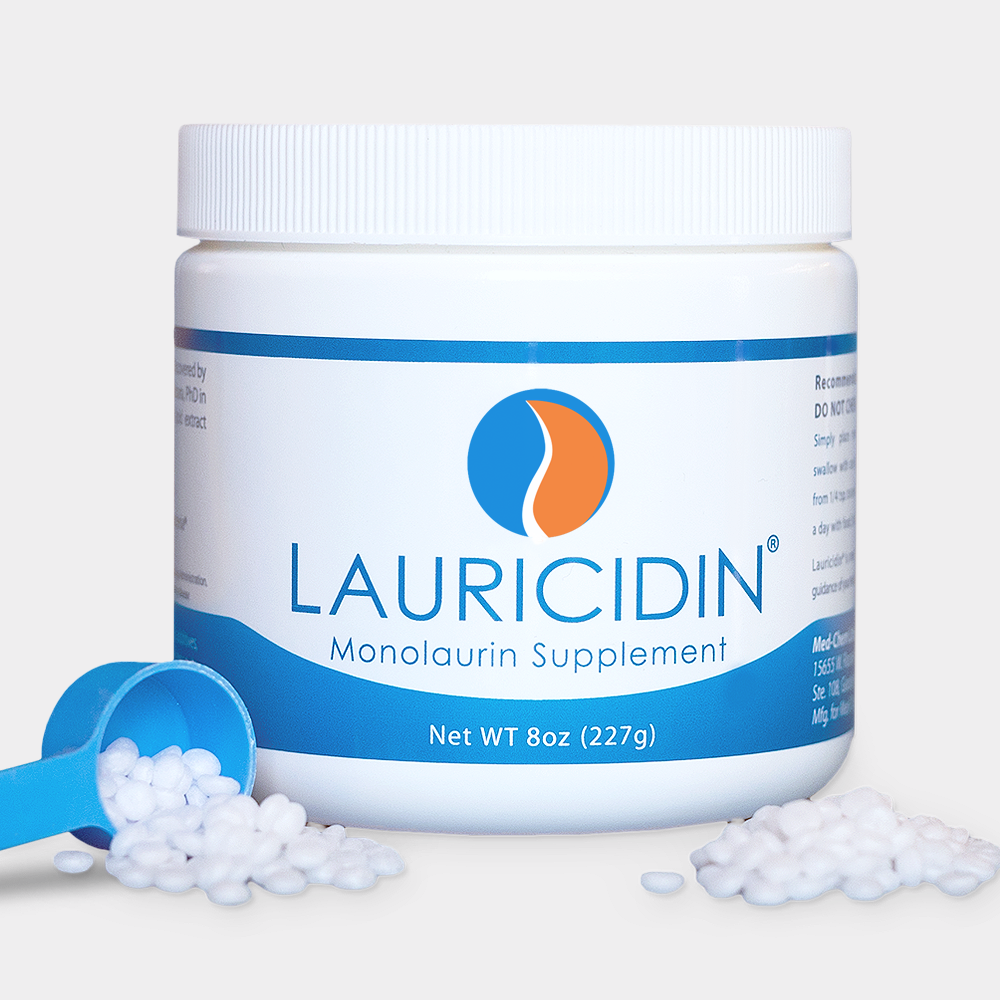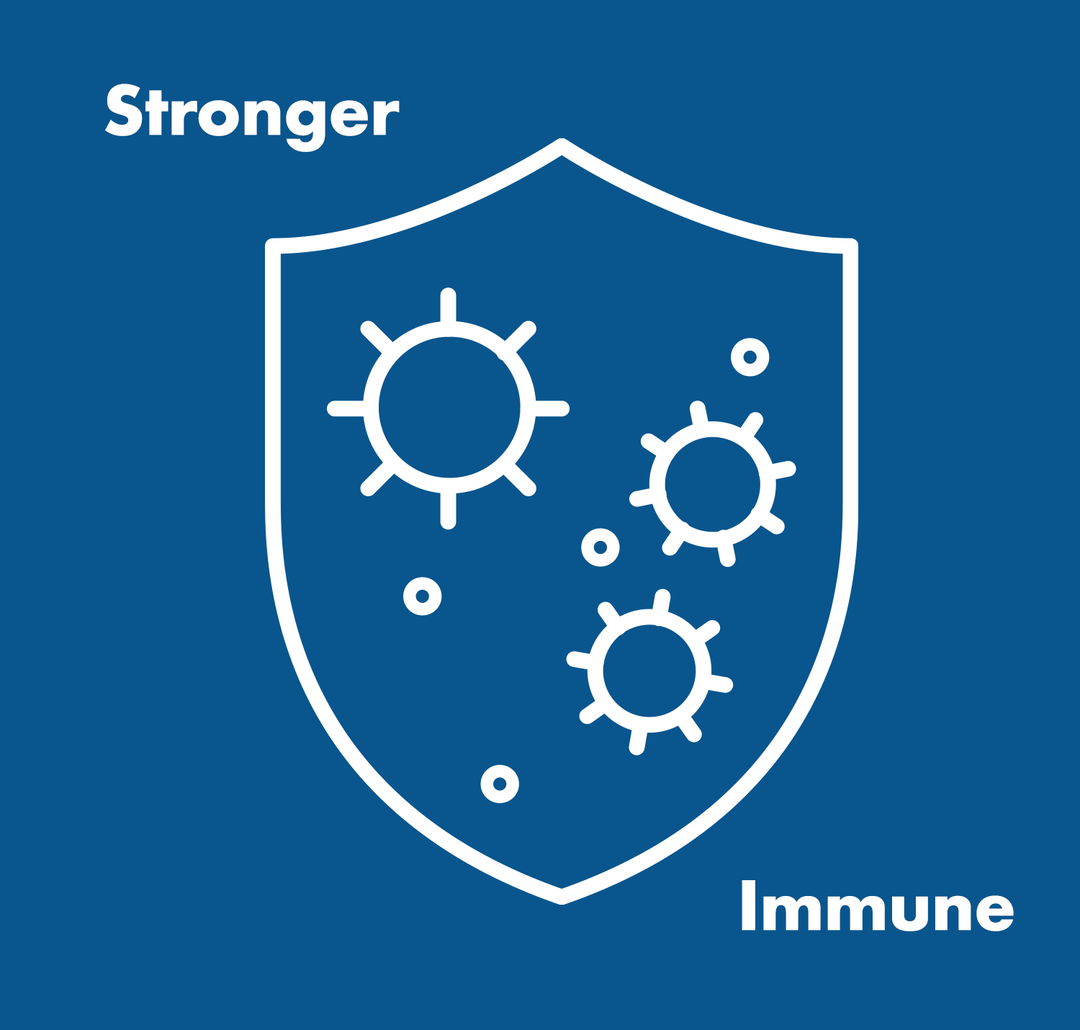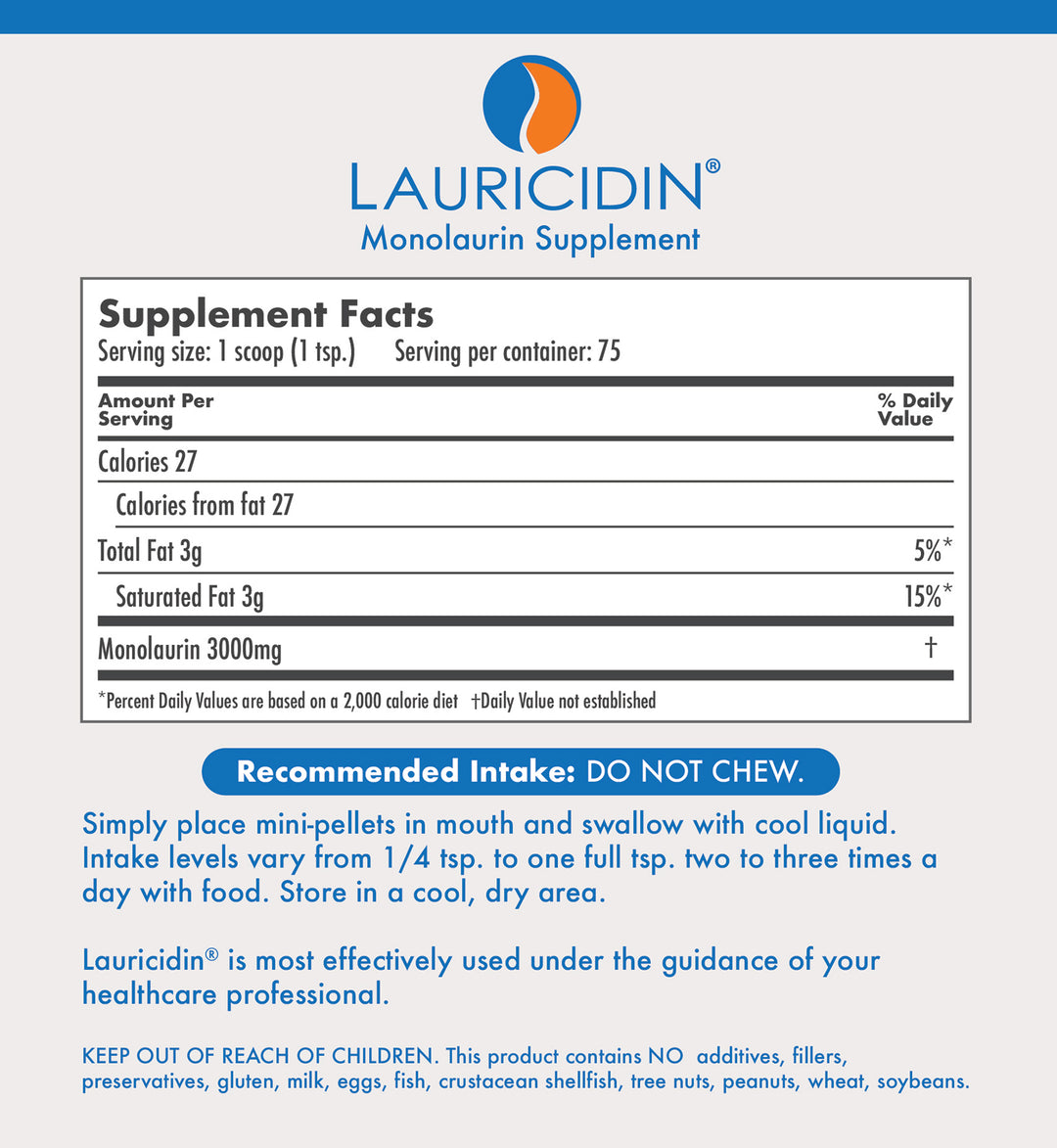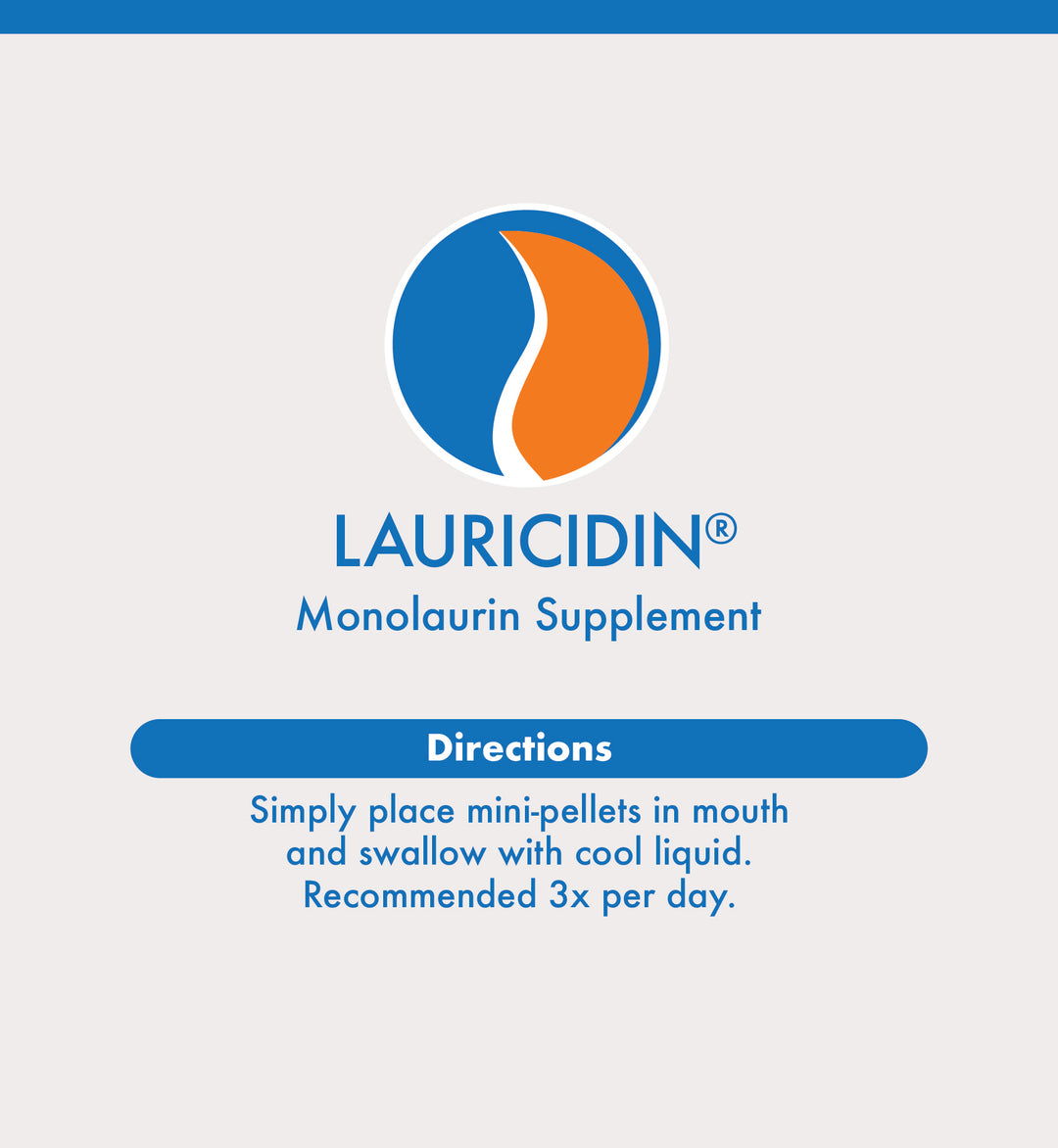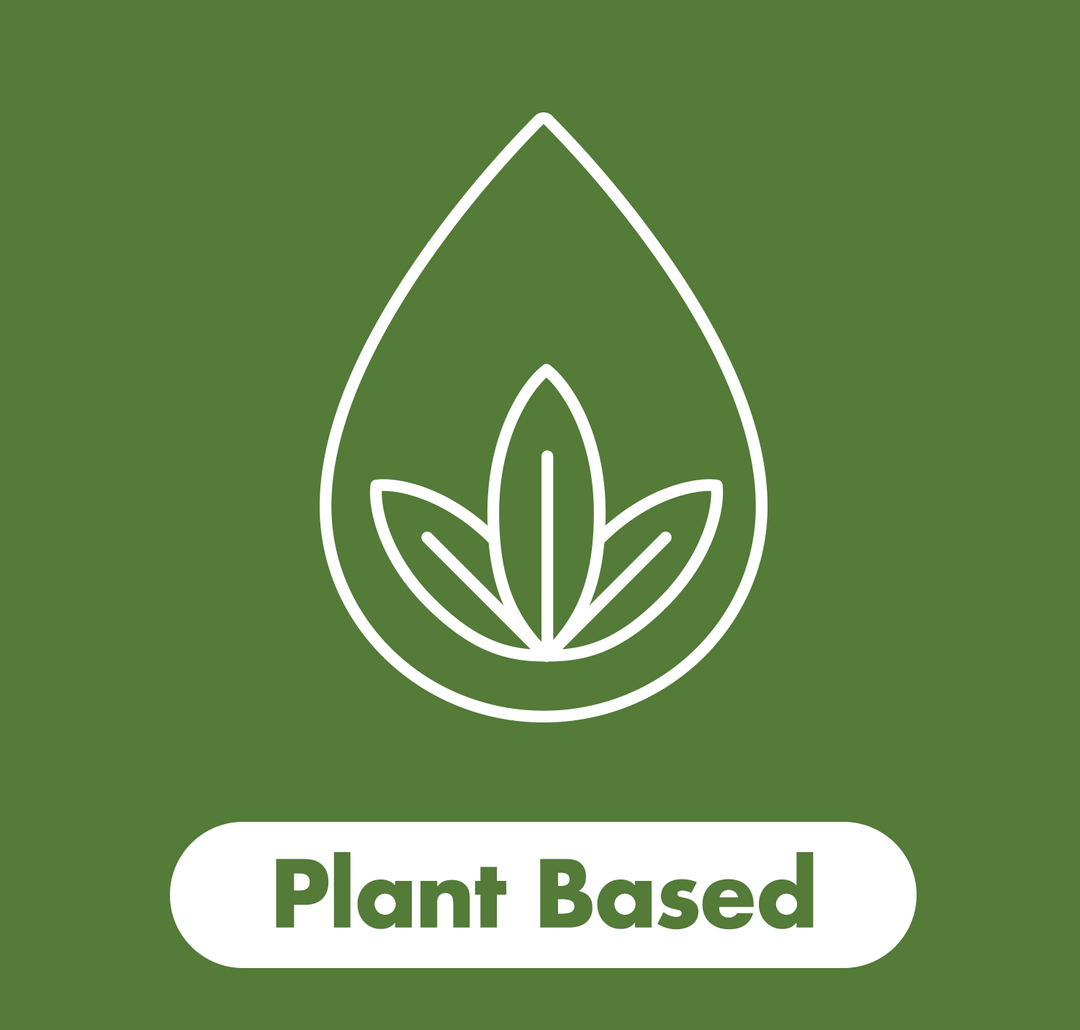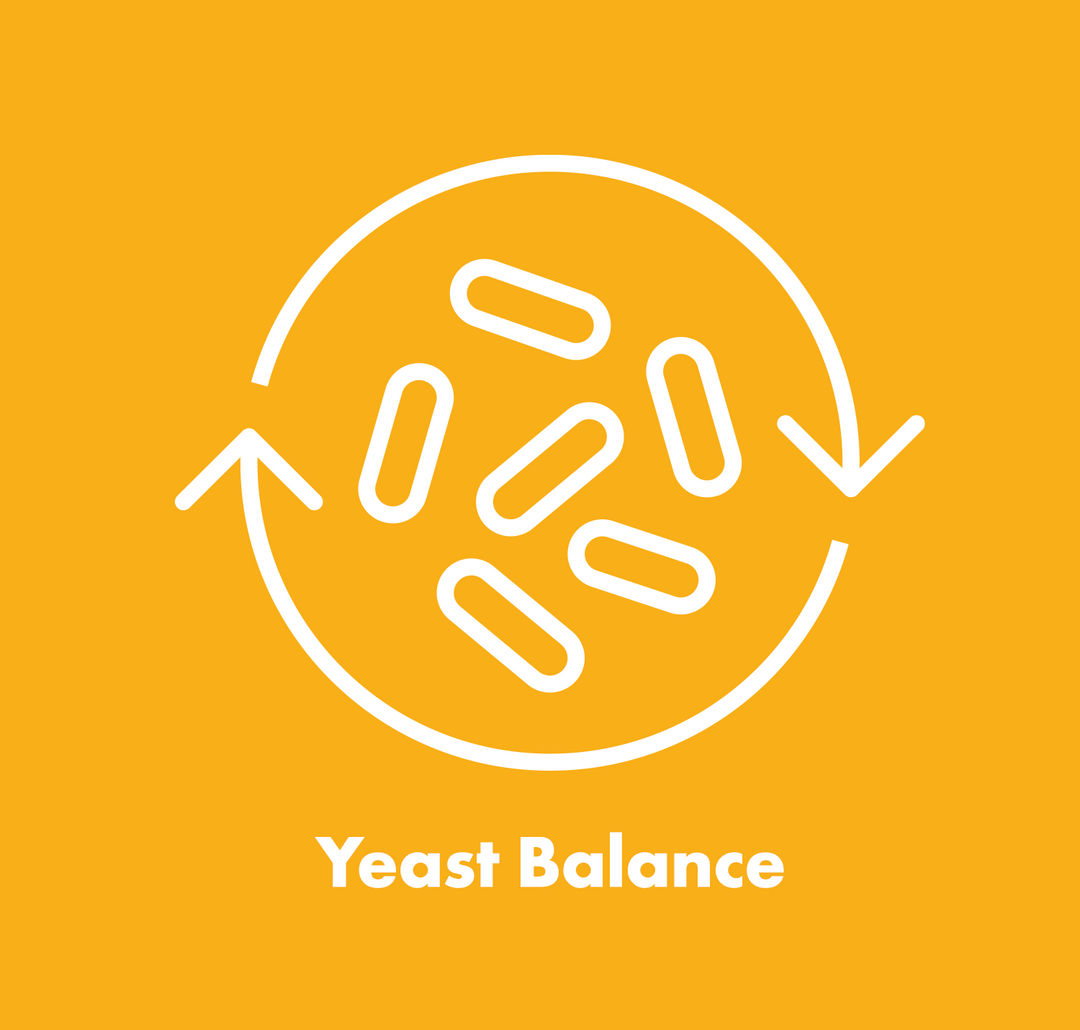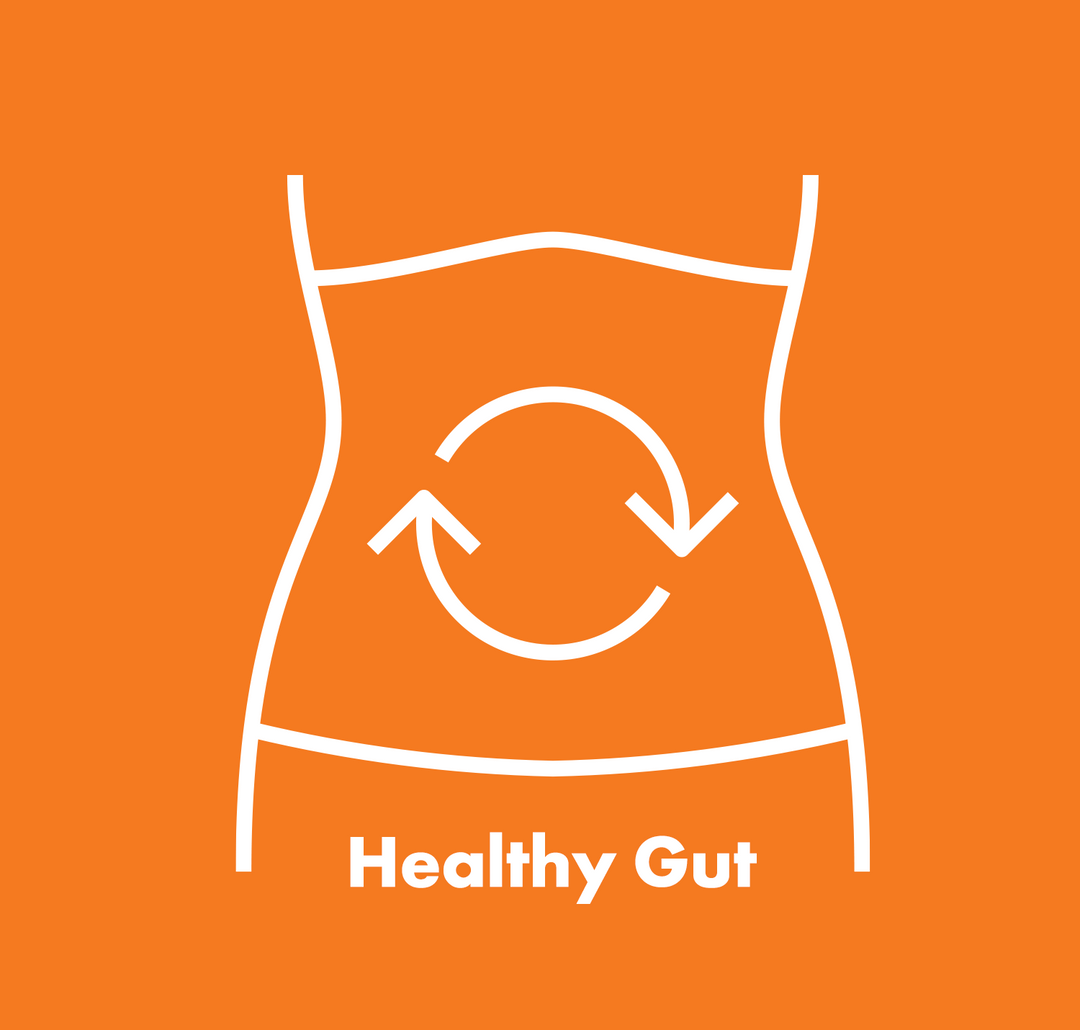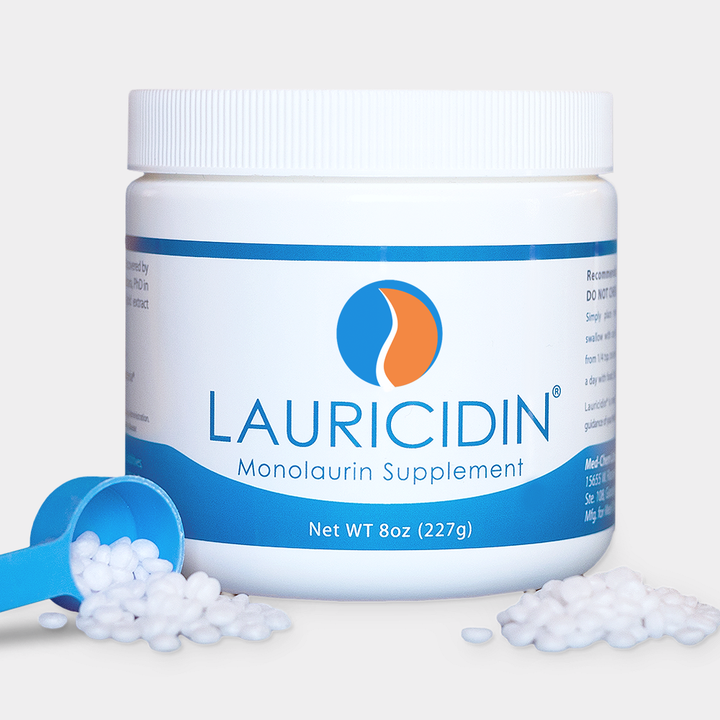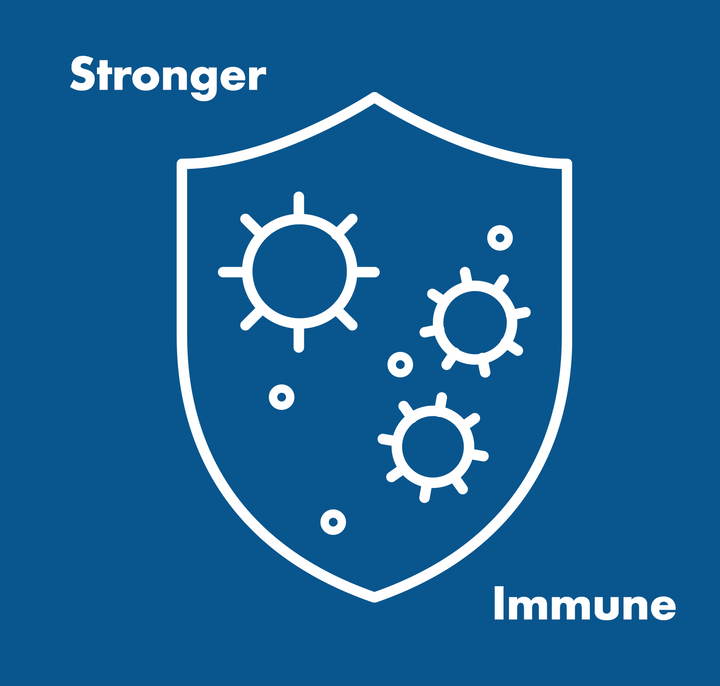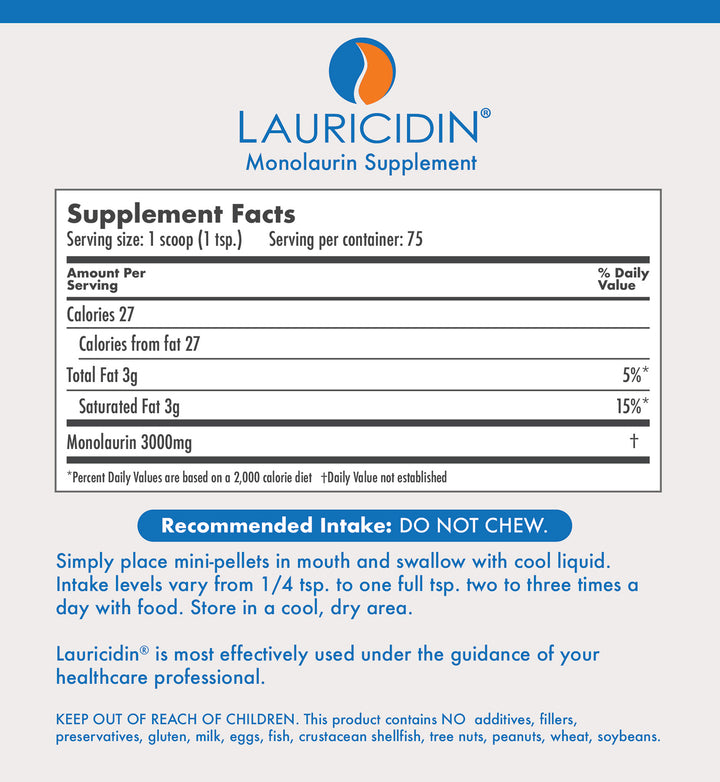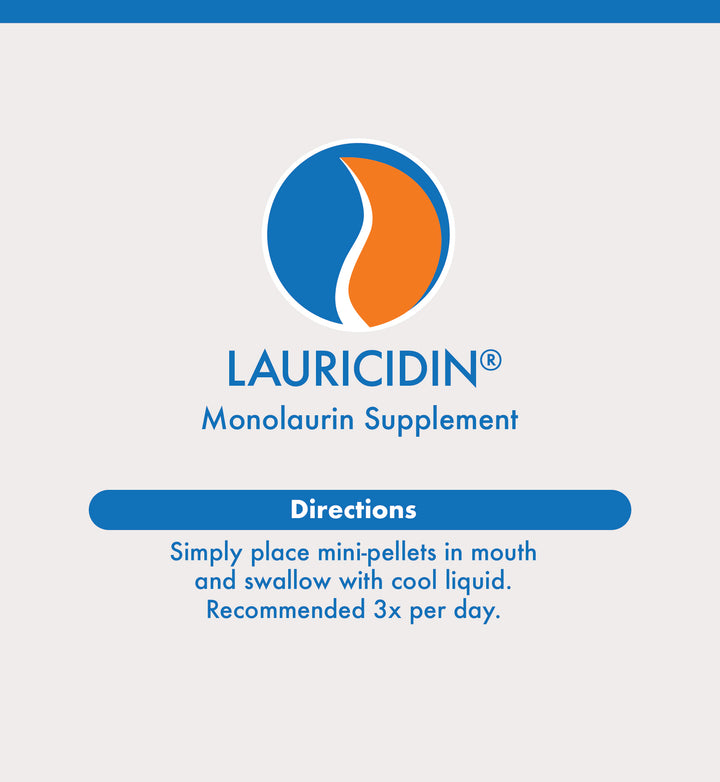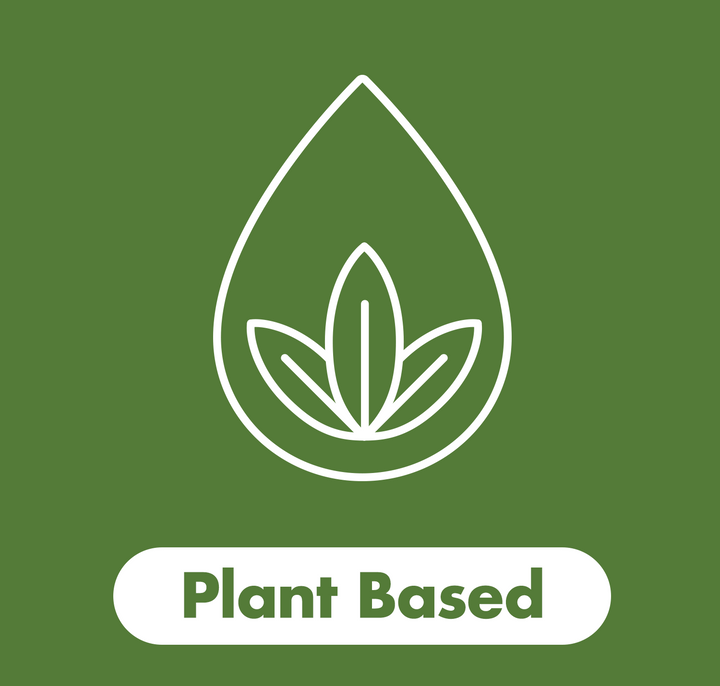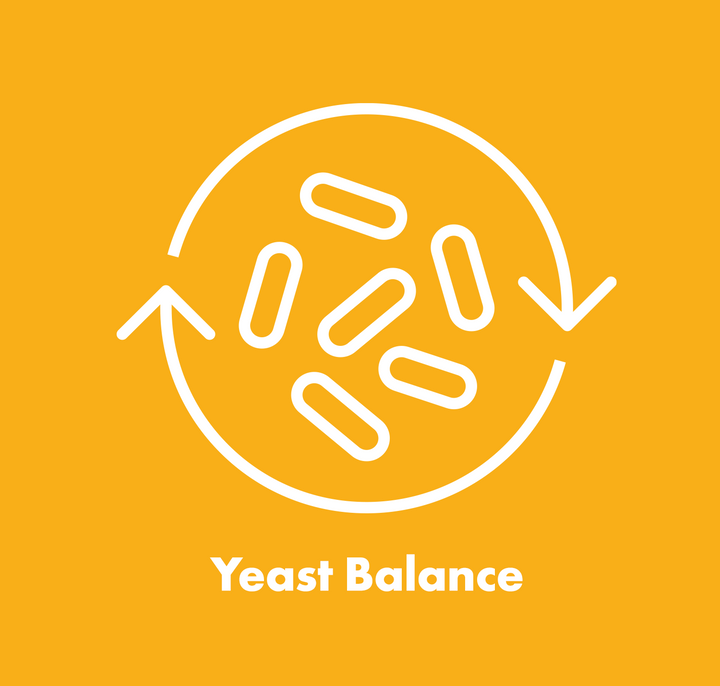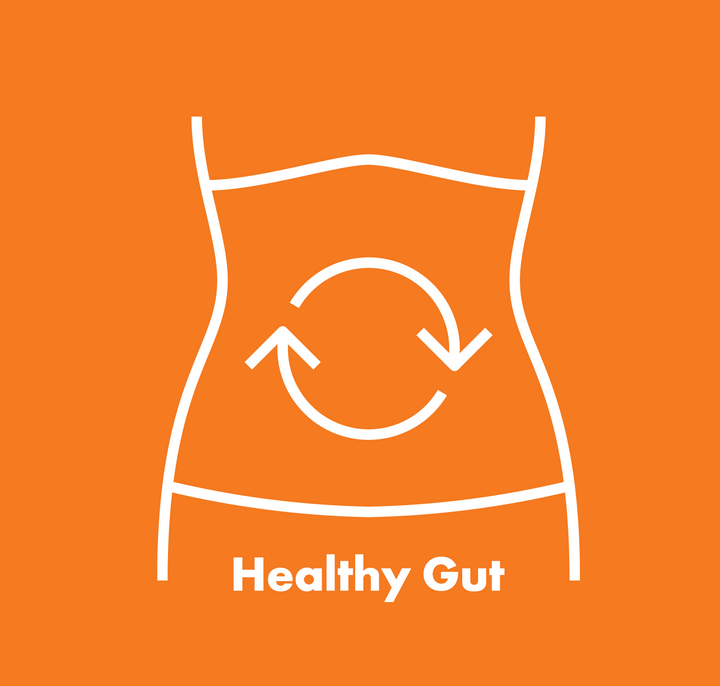Discover 5 science-backed supplements—no fluff, just proven antifungal support that actually works.
Learn how monolaurin, derived from coconut’s lauric acid, is disrupting stubborn Candida biofilms.
Supplementing is just half the battle—see the exact foods to eat (and avoid) for a successful Candida cleanse.
Candida overgrowth is a frequent culprit behind persistent fatigue, digestive issues, brain fog, and even mood swings. While the market is flooded with supposed quick fixes, as practitioners, we know the value of evidence-based solutions. Let's explore five scientifically-backed supplements that consistently show promise against Candida albicans and its stubborn biofilms.
1. Caprylic Acid
Derived naturally from coconut oil, caprylic acid disrupts Candida’s cell membranes, making it a powerful antifungal. A 2021 review highlighted its effectiveness in breaking down fungal biofilms (PMID: 34127154). Clinical doses typically range from 500-1,500 mg daily. I often recommend cycling caprylic acid to avoid resistance.
2. Oregano Oil
Oregano oil contains carvacrol, a phenolic compound with potent antifungal activity. A recent randomized controlled trial (PMID: 36475016) showed oregano oil significantly reduces fungal load when combined with standard dietary changes. Dosage is crucial; typically, 100-300 mg/day standardized to at least 70% carvacrol is ideal.
3. Probiotics
Specific probiotic strains, notably Lactobacillus rhamnosus GG and Saccharomyces boulardii, crowd out pathogenic yeast and restore microbial balance. A systematic review from 2022 (PMID: 35568538) reinforced probiotics' beneficial role in both acute and chronic candida management. Dosages vary, but 10-50 billion CFU/day are common recommendations.
4. Garlic (Allicin)
Garlic's active compound, allicin, is highly effective against Candida, disrupting its metabolic pathways and biofilms. Studies indicate garlic extracts may rival pharmaceutical antifungals in efficacy without notable side effects (PMID: 32300326). Aged garlic extract at 600-1,200 mg/day is typically well-tolerated.
5. Monolaurin (Lauricidin®)
Monolaurin, derived from coconut lauric acid, significantly inhibits Candida biofilm formation. Recent in vitro data confirms that monolaurin concentrations around 125 µM markedly reduce established Candida biofilms (PMID: 36319457). Lauricidin pellets provide a consistent, therapeutic dosage, usually 1-3 grams/day, making it easier for patients to achieve clinical effectiveness.
"Monolaurin, derived from coconut lauric acid, significantly inhibits Candida biofilm formation."
Dr. Ryan’s Perspective on a Candida-Focused Reset
I see many patients suspecting Candida as a key factor undermining their overall wellness. Clinical practice, supported by emerging evidence, suggests strategic dietary changes complement antifungal supplementation dramatically. Think of the "Candida diet" as a targeted, temporary therapeutic intervention, typically lasting 4 to 12 weeks.
Why Diet Still Matters
A 2018 pilot study (PMID: 29707117) underscored that dietary adjustments combined with antifungals yielded superior outcomes compared to medication alone. Reducing gut inflammation and starving yeast of their primary fuel—sugar—significantly shifts the gut environment back towards balance.

The Core Principles I Recommend
Reduce Carbs: Cutting back sugars and refined carbohydrates deprives Candida of its preferred fuel.
Low-Mold Foods: Avoid nuts, cheeses, and processed meats prone to mold contamination.
Fiber-Rich Vegetables: Support beneficial gut bacteria that naturally combat yeast.
Quality Proteins & Fats: Stabilize blood sugar to reduce yeast-promoting inflammation.
Fermented Foods (Moderate): Small servings bolster beneficial bacteria—unless histamine-sensitive.

Foods to Embrace:
Dairy: Butter, plain yogurt, kefir
Proteins: Eggs, turkey, wild-caught fish
Vegetables: Leafy greens, garlic, broccoli
Oils: Olive, coconut, avocado
Fruits (Low-sugar): Berries, avocados, lemons
Foods to Avoid:
High-sugar fruits and juices
Refined sugars and starches
Processed meats
Mold-prone nuts and soft cheeses
Top Supplement:

Practical Implementation Tips
Gradual Carb Reduction: Avoid shocking the metabolism by tapering off carbs gradually.
Digestive Support: Utilize bitters or enzymes to enhance nutrient absorption.
Track Symptoms: Regular self-monitoring helps refine dietary choices and supplement dosages.
Reintroduce Foods Gradually: Slowly reintroduce foods after symptoms stabilize to identify triggers accurately.
Conclusion
Effective Candida management requires both supplement and dietary strategies. Utilizing these scientifically supported supplements, combined with strategic dietary adjustments, provides a comprehensive and successful therapeutic approach. As always, personalize each protocol based on individual patient feedback and clinical progress.
Frequently Asked Questions
What is the fastest way to get rid of Candida?
"Combining targeted antifungals like caprylic acid, oregano oil, and monolaurin with dietary adjustments yields the quickest improvement. Cutting sugar intake and increasing gut-supportive fiber and probiotics can show noticeable symptom relief within two weeks."
Can probiotics alone cure Candida?
While probiotics alone rarely eliminate Candida completely, they significantly help restore gut balance and prevent recurrence when combined with dietary and antifungal protocols
How long does it take to starve Candida?
Noticeable symptom improvement often occurs within 2-4 weeks of carbohydrate restriction. However, a comprehensive reset usually lasts 4-12 weeks to substantially reduce fungal overgrowth and stabilize gut flora.
Can you eat fruit on a Candida diet?
Yes, in moderation. Low-sugar fruits like berries, avocados, lemons, and limes (1-2 servings per day) provide antioxidants and fiber without significantly feeding Candida. Avoid high-sugar fruits like bananas or grapes during the initial reset period.
Is coconut oil effective against Candida?
Coconut oil, high in lauric acid, has demonstrated antifungal activity against Candida. However, monolaurin—a concentrated derivative of lauric acid—provides a more potent and measurable antifungal effect and is often easier to dose consistently.







